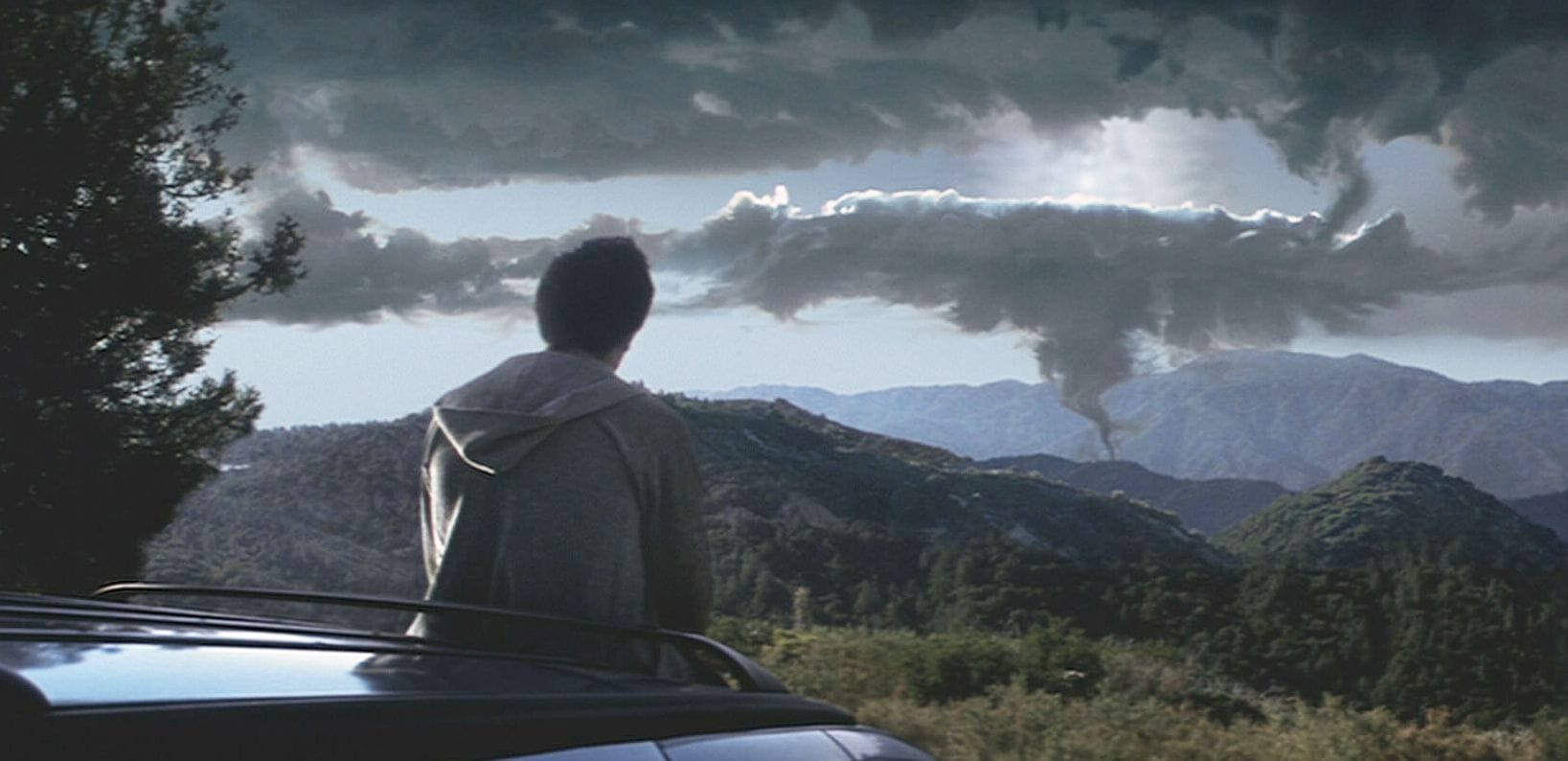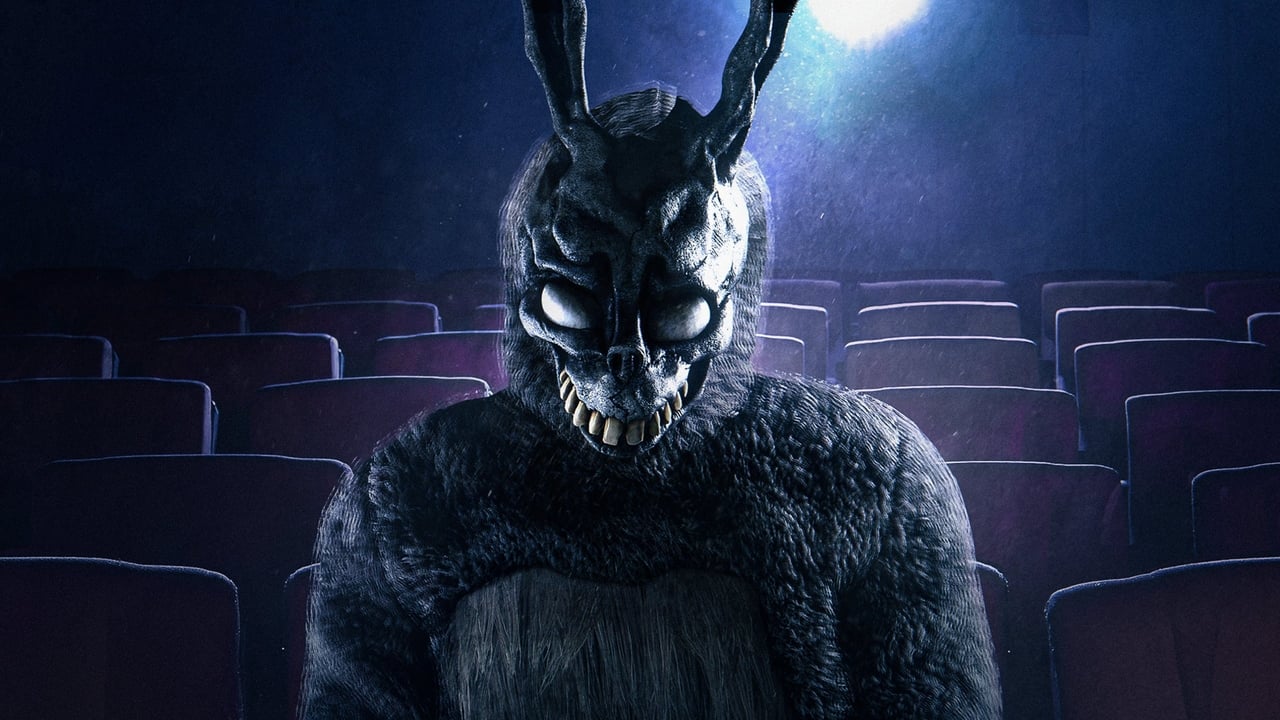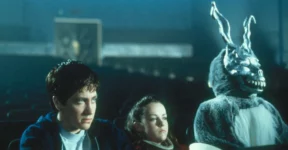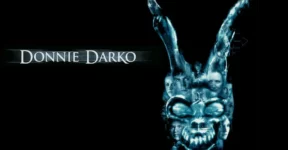As the credits roll on Richard Kelly’s cult classic “Donnie Darko,” many viewers are left with more questions than answers. This mind-bending film, released in 2001, is renowned for its complex narrative and ambiguous conclusion. In this blog, we will embark on a journey to decipher the enigmatic ending of “Donnie Darko,” exploring its themes, symbolism, and the various interpretations that have captivated audiences for years.
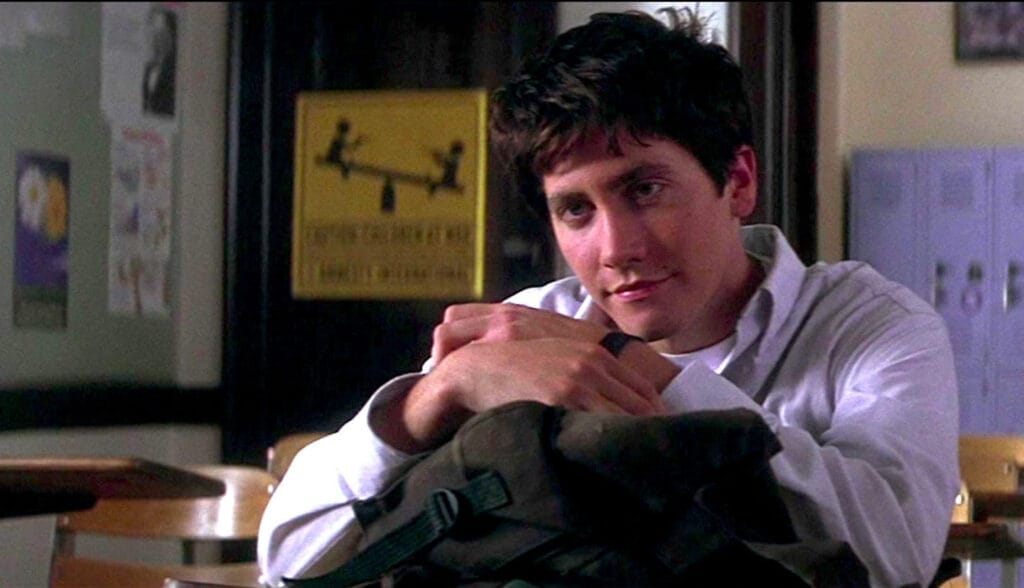
The Time-Traveling Odyssey: A Recap
Before we delve into the ending, let’s briefly recap the film’s premise. “Donnie Darko” revolves around the titular character, a troubled teenager portrayed by Jake Gyllenhaal. Donnie experiences disturbing visions of a giant, nightmarish rabbit figure named Frank, who informs him that the world will end in 28 days. As Donnie navigates the challenges of his life, including family dynamics, love, and school, he becomes increasingly embroiled in a web of mysterious events.
Throughout the film, Donnie encounters complex themes of time travel, destiny, and free will. He learns of a tangent universe, an alternate reality that threatens to destroy the primary universe. Frank, who serves as a time-traveling messenger guides Donnie’s actions within this tangent universe.
The Ambiguous Ending: Donnie’s Sacrifice
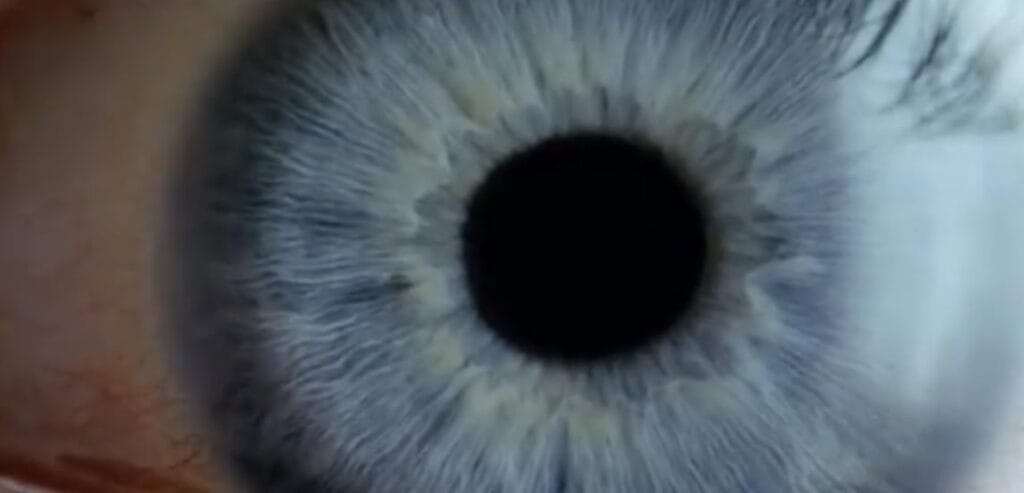
As the film hurtles toward its conclusion, the narrative becomes increasingly surreal and dreamlike. Without revealing too many spoilers, the ending centres on Donnie’s decision to make a profound sacrifice to correct the course of events within the tangent universe. This decision leads to a shocking and ambiguous climax that leaves viewers with many questions.
Donnie’s choice is a culmination of his journey, marked by his struggle to understand the nature of time, fate, and his own existence. His sacrifice raises existential questions about the value of human life and the pursuit of a greater good. It also underscores the film’s exploration of predestination and the extent to which Donnie has control over his actions.
Interpreting the Ending: Multiple Layers of Meaning
The beauty of “Donnie Darko” lies in its capacity for interpretation, and the ending is no exception. It invites viewers to explore various layers of meaning and draw their conclusions. Here are a few prominent interpretations:
The Heroic Sacrifice: Some viewers see Donnie’s act as a heroic sacrifice to save those he loves and the world itself. In this interpretation, Donnie’s decision reflects his newfound sense of purpose and agency in the face of existential threats.
The Loop of Destiny: Another interpretation posits that Donnie’s actions merely perpetuate a loop of destiny, and the tangent universe will inevitably reset, leading to the same events. This interpretation emphasizes the film’s exploration of predestination and the futility of trying to change the course of time.
The Dream or Hallucination: Some viewers consider the entire film, especially the ending, as a dream or hallucination experienced by Donnie. This interpretation suggests that Donnie’s visions and experiences are a product of his troubled mind, and the ending represents his last moments of consciousness.
The Philosophical Paradox: “Donnie Darko” raises philosophical questions about free will and determinism. The ending may be seen as a paradox: Donnie exercises his free will to sacrifice himself, yet it is this very act that ensures a predetermined outcome.
The Tangent Universe and Time Travel
To further understand the ending, it’s essential to consider the concept of the tangent universe and time travel in the film. In “Donnie Darko,” they created a tangent universe when an artefact, in this case, a jet engine, is sent back in time. This tangent universe threatens to collapse and destroy the primary universe. Donnie’s role is to return the artefact to the primary universe, restoring the balance.
Time travel in the film is not presented as a conventional science fiction concept. Instead, it is metaphysical and existential. Donnie’s actions within the tangent universe have implications for time itself, and the film challenges viewers to ponder the nature of destiny and choice within this framework.
In conclusion, the ending of “Donnie Darko” is a testament to the film’s ability to provoke thought and discussion. Its ambiguity invites viewers to explore a multitude of interpretations, each offering unique insights into the film’s themes and Donnie’s journey.
Other Things You Might Want to Know:
What is the significance of Frank, the rabbit figure, in the ending?
Frank represents various layers of symbolism in the film. In the end, his presence serves as a reminder of Donnie’s journey and the role he played in guiding Donnie’s actions within the tangent universe.
Is there a definitive answer to the meaning of the ending?
No, the ending of “Donnie Darko” intentionally remains open to interpretation. Richard Kelly, the director, has encouraged viewers to form their interpretations and engage in discussions about the film’s meaning.
How does the ending of “Donnie Darko” contribute to its cult status and enduring popularity?
The ambiguity of the ending, coupled with the film’s exploration of complex themes, has fueled ongoing discussions and analysis among fans. This has contributed to the film’s status as a cult classic, with audiences continually returning to unravel its mysteries.
Check out other articles by month:

